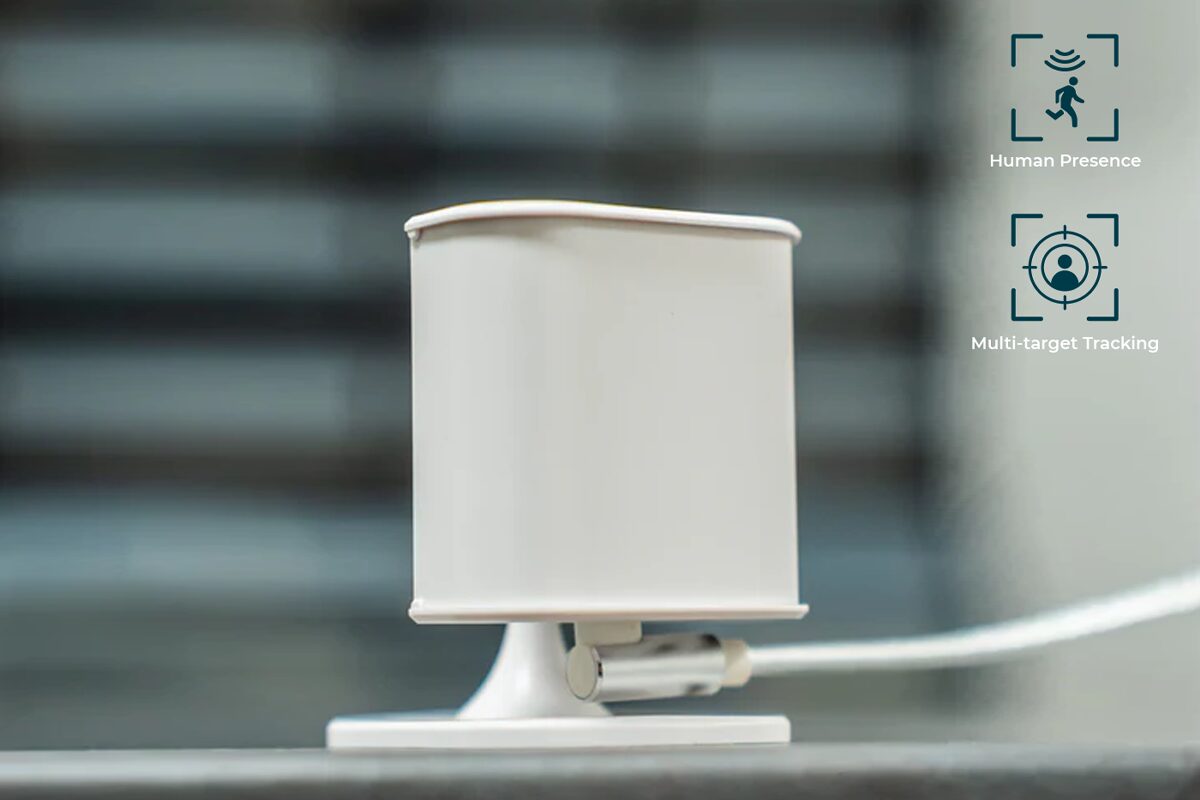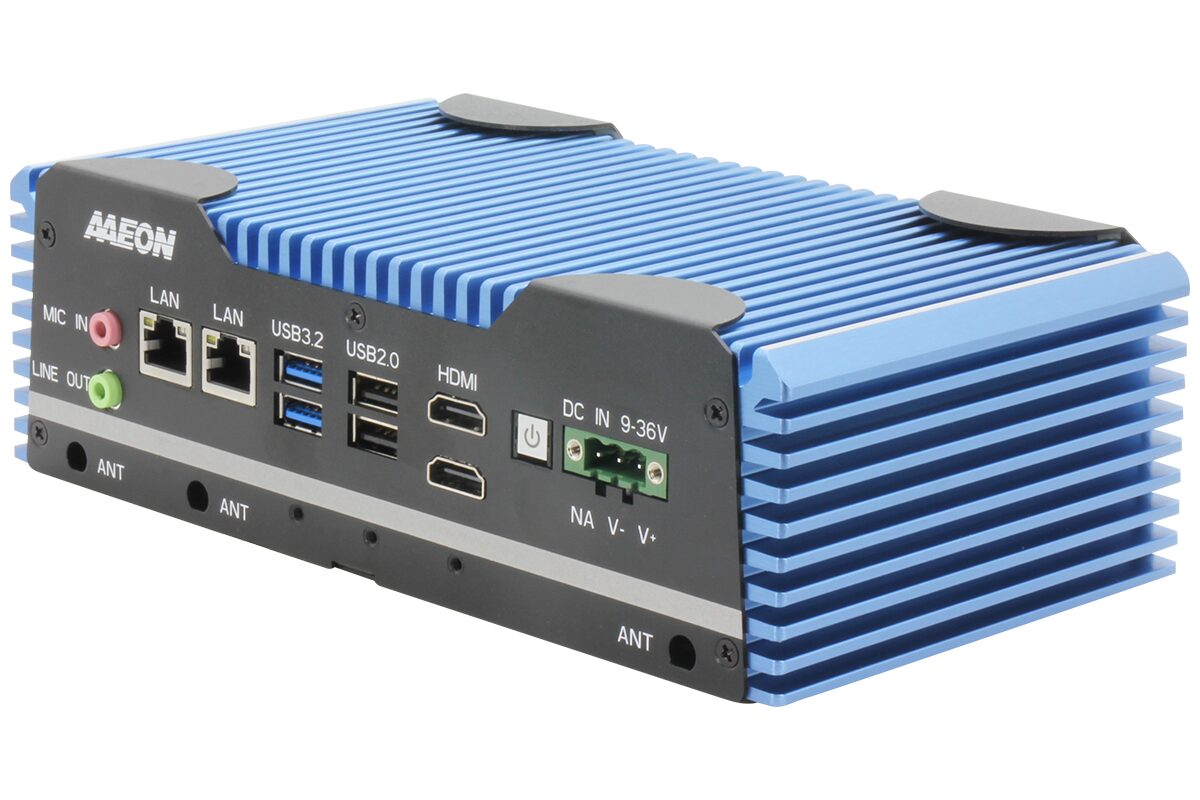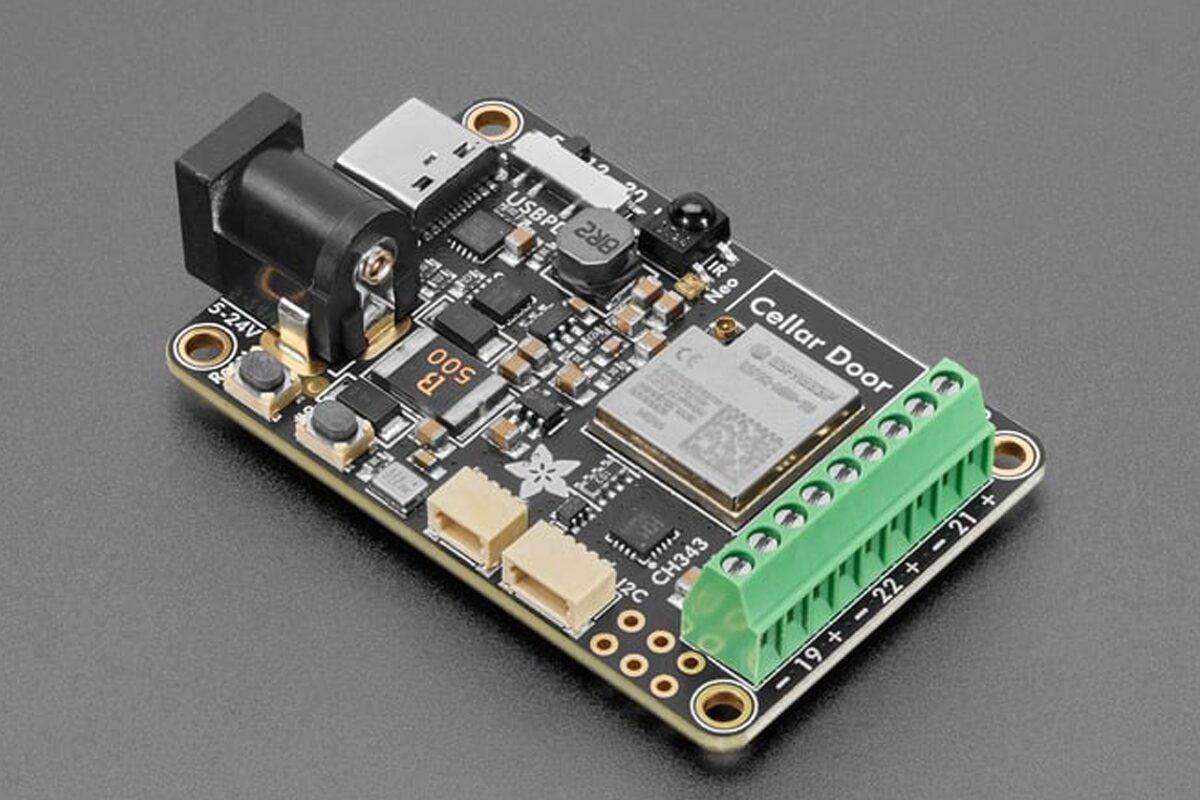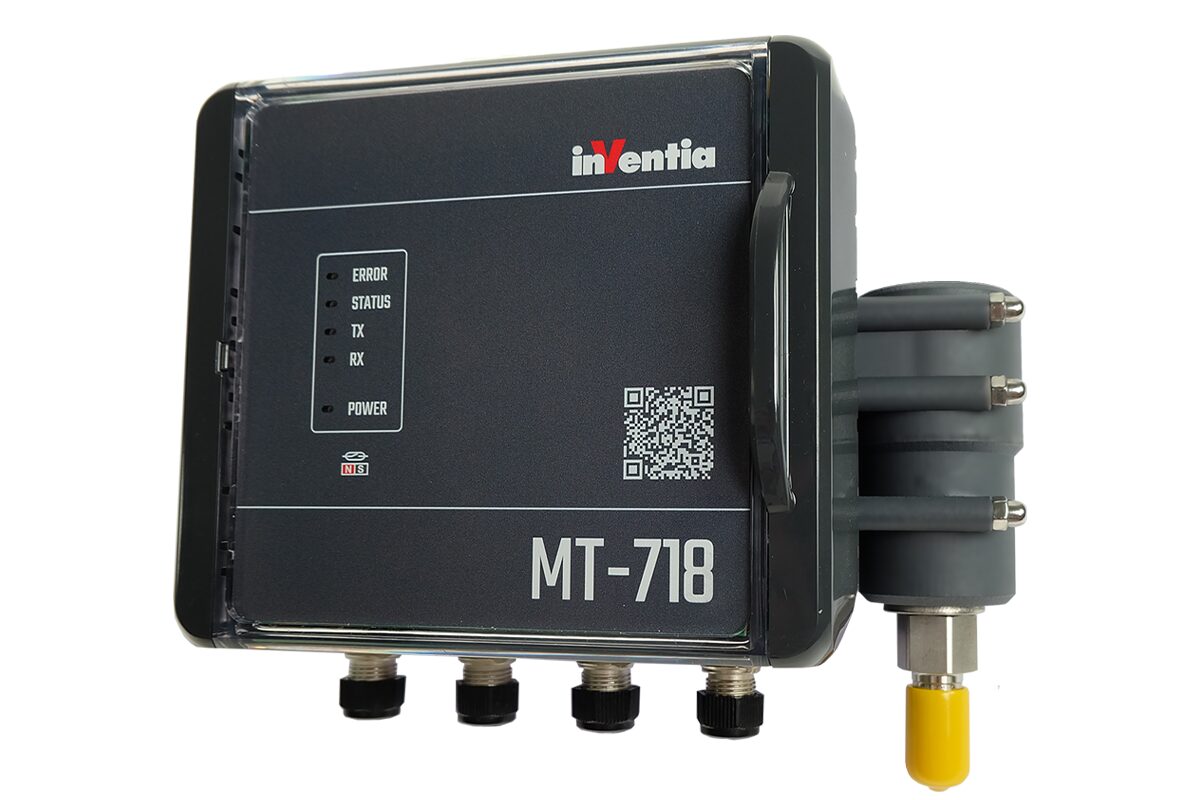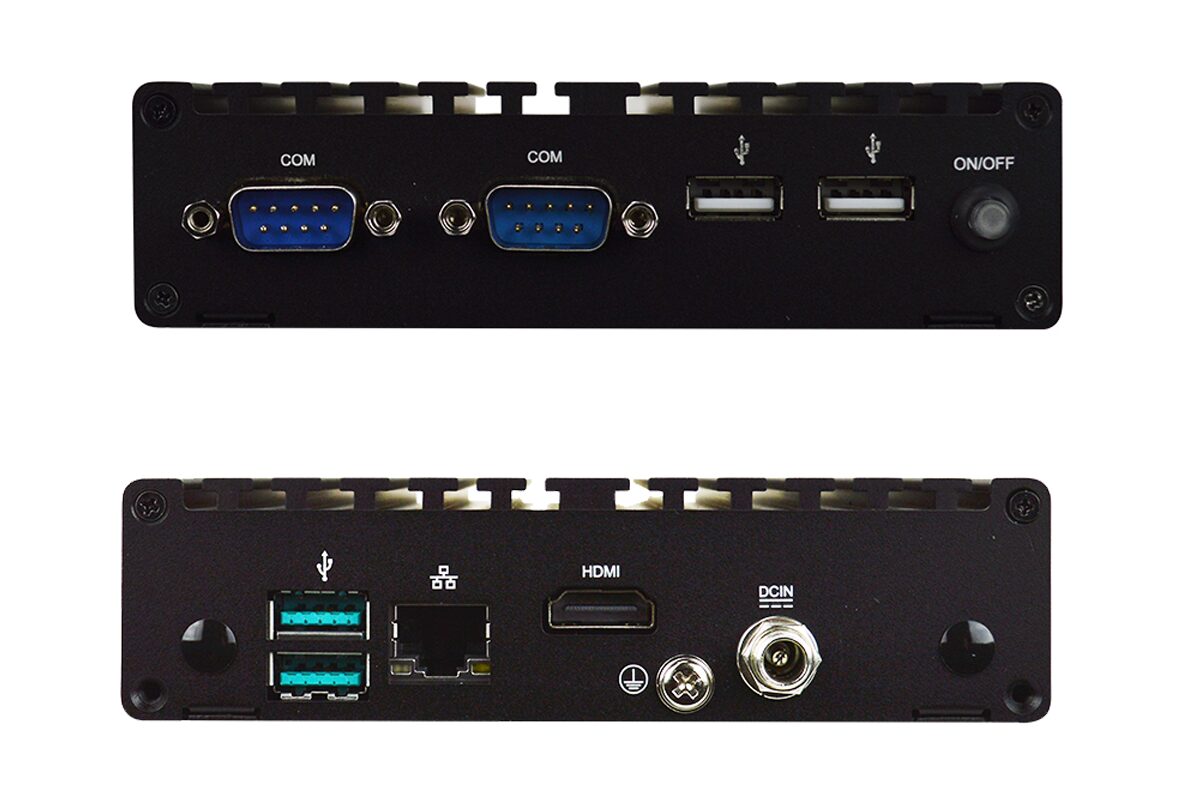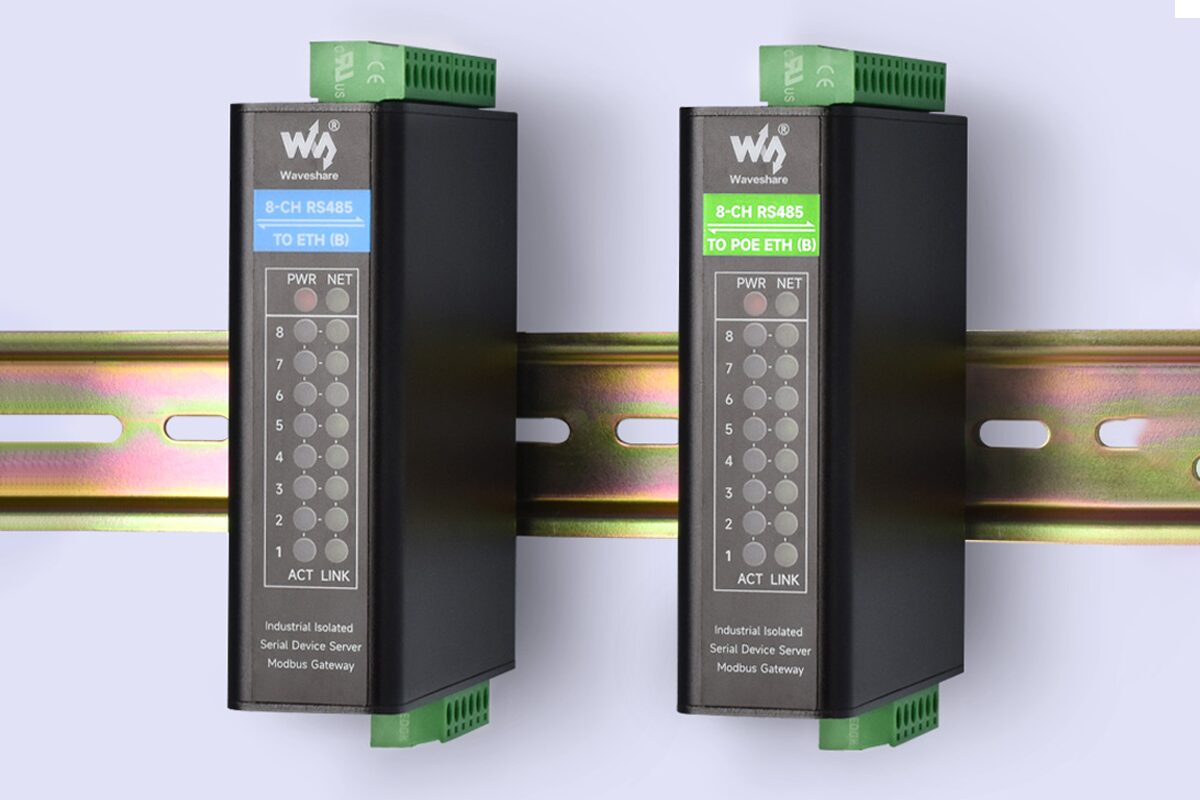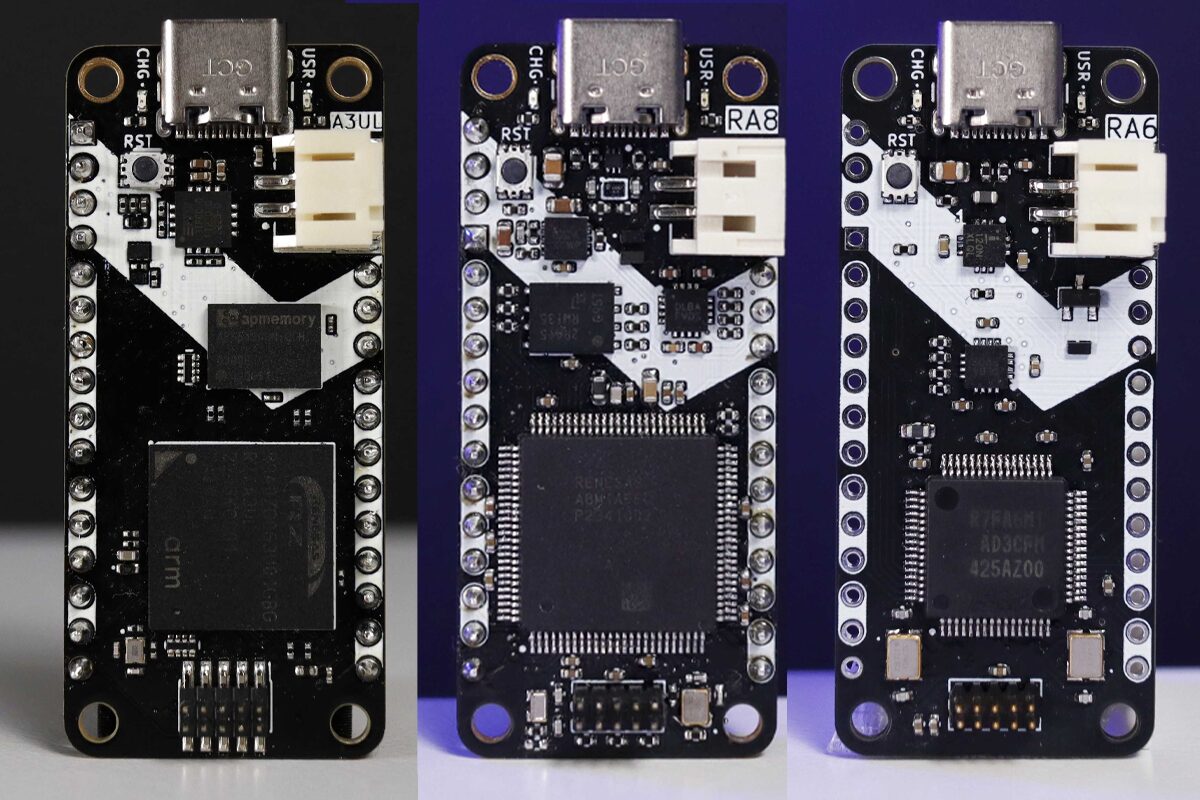Designed by Everything Smart Home, the Everything Presence Lite is a compact, ESP32-based mmWave presence sensor designed to be easily integrated with Home Assistant open-source home automation framework via ESPHome firmware. This sensor features a 24GHz mmWave sensor designed to track up to three targets simultaneously with real-time distance, speed, and positional data (X, Y coordinates). It supports dynamic zone customization, ambient light sensing using a BH1750 sensor, and acts as a Bluetooth proxy to extend Home Assistant’s Bluetooth range. The sensor comes in an injection-molded case, and the company also provides 3D-printable STL files, which you can customize according to your needs. Key applications include human presence detection, smart lighting automation, home security zone monitoring, HVAC efficiency control, fall detection for the elderly, and much more. Everything Presence Lite specifications: Wireless controller – ESP32-WROOM-32E WiFi and Bluetooth module with 4MB Flash mmWave Sensor Built-in Hi-Link HLK-LD2450 24 GHz ISM […]
Intel Atom x7000RE fanless industrial box PC offers 10-year life cycle for factory automation
AAEON BOXER-6617-ASL is a rugged and compact fanless industrial box PC built around the Intel Atom x7000RE series of SoCs. It is designed for harsh industrial environments and has a wide operating temperature range (-20°C to 70°C) and a guaranteed 10-year product lifecycle making it a reliable long-term solution for factory automation and other embedded applications. The rugged embedded system supports up to 32GB DDR5 memory, dual HDMI, dual 2.5GbE LAN ports, and extensive I/O including six serial ports, USB 3.2 and 2.0, DIO, and audio. Storage options include M.2 NVMe and 2.5″ SATA, with additional expansion through M.2 E-Key (Wi-Fi) and B-Key (5G/LTE) sockets. It also has a wide 9V–36V power input range, circuit protection, and strong shock/vibration resistance. The computer also features six RS-232/422/485 serial ports and DIO via DB9 connectors AAEON BOXER-6617-ASL Specifications: Amston Lake Series SoC options (one or the other) Intel Atom x7835RE octa-core processor […]
Adafruit Sparkle Motion – An ESP32-based addressable LED controller with four outputs, 100W USB-C power, and WLED/xLights support
The Adafruit Sparkle Motion is an ESP32-based LED controller board designed to drive addressable LEDs, including WS2812B, APA102, SK6812, LPD8806, UCS2904, and SM16704. It supports both WLED and xLights projects and features an onboard 100W USB-C PD port to drive even high-voltage LED setups. The board includes dual power input options (USB-C PD with 5/12/20V selection and 2.1mm DC jack), a 5A fuse, and level-shifted output terminals for controlling addressable LEDs. The board also features a built-in I2S digital microphone, IR receiver, Stemma QT I2C port, USB-serial with auto-reset, GPIO breakout pads, onboard NeoPixel and status LED, and multiple JST and terminal connectors for sensor and control integration. It comes pre-assembled with terminal blocks for easy wiring, making it suitable for applications such as wearable electronics, home decor lighting, audio-reactive displays, and remote-controlled installations. Adafruit Sparkle Motion Specifications: SoC – ESP32-S3 dual-core Xtensa LX7 MCU @ 240MHz with 2.4GHz Wi-Fi and […]
Inventia MT-718 PS battery-powered IP68 industrial telemetry logger integrates environmental sensors, cellular IoT connectivity
Inventia MT-718 PS is a compact, battery-powered industrial telemetry logger designed for monitoring, logging, and data transmission in industrial and environmental applications, especially in areas where grid power supply and access to infrastructure are limited. It supports 2G/4G LTE Cat 1 or NB-IoT/LTE Cat M1 (eMTC) connectivity, and comes with an IP68-rated waterproof housing, allowing operation under 2 meters of water for up to 24 hours. Key features include five binary/counter inputs, two analog inputs (0–5V with 4–20mA conversion option), and built-in pressure (0–10 bar), temperature, and humidity sensors, as well as RS-485 with Modbus RTU support. The logger also features two digital outputs, can store up to 60,000 records at 1-second intervals, offers an optional OLED display, and supports OTA firmware updates. It is powered by replaceable alkaline or lithium batteries for long-term, maintenance-free operation and includes tamper detection via a lid sensor. The MT-718 OS can be used […]
Jetway B420PADN1 – A compact, fanless embedded box PC with Intel N97/N200 SoC, M.2 sockets, COM ports
The Jetway B420PADN1 is a compact, fanless box PC built around an Intel N97 or N200 Alder Lake-N SoCs. The computer system features a Pico-ITX motherboard and operates in a wide -20°C to 50°C temperature range for industrial, commercial, and embedded applications where reliable and silent operation are important. The PC comes pre-installed with 8GB DDR5 4800MHz SO-DIMM memory (expandable up to 32GB) and supports 4K display output via an HDMI 2.0b port. For storage and expansion, it offers M.2 B+M Key and E-Key slots, along with a Nano SIM slot for cellular connectivity. Other features include two serial ports, USB 3.2 Gen1 and USB 2.0 ports, Gigabit Ethernet, and VESA/wall mounting options. These features make this embedded box PC suitable for applications such as digital signage, industrial automation, edge computing, IoT gateways, kiosks, and smart retail. Jetway B420PADN1 box PC specifications: Alder Lake-N SoC (one or the other) Intel […]
Waveshare 8-channel RS485 to Ethernet industrial serial servers work as a Modbus & MQTT gateways, RS485-to-JSON converters
Waveshare has launched the 8-Channel RS485 TO ETH (B) and 8-Channel RS485 TO POE ETH (B) industrial Ethernet serial servers designed for bi-directional transparent data transmission between RS485 and Ethernet networks. The only difference is PoE support, one has it, the other doesn’t, recognizable by their names. It features eight RS485 channels that operate independently, and supports two Ethernet ports (with an optional PoE version compliant with IEEE 802.3af). Key features include working as a serial server, Modbus gateway, MQTT gateway, and RS-485 to JSON converter. It also supports protocols like TCP, UDP, HTTP, DHCP, DNS, and more. It works in the industrial temperature range (-40°C to 85°C), offers power and signal isolation, 2kV surge protection, and comes housed in a durable aluminum alloy enclosure. Additionally, it supports wall-mount or rail-mount installation, multiple power supply methods (DC 7–36V via screw terminal or PoE), and web browser/device library configuration. These features make […]
Zalmotek RA6M1, RA8M1, and RZ/A3U SoMs follow Adafruit Feather form factor, support carrier board for robotics and industrial control
Romanian company Zalmotek has recently introduced three new SoMs, the RA6M1, RA8M1, and RZ/A3UL, and a modular carrier board designed for embedded applications such as robotics, industrial control, and edge computing. There are a few things that I find interesting about this setup. The SoM comes in Adafruit Feather form factor and, as a result, supports various Adafruit FeatherWings. The modular carrier board supports the Dynamixel motor driver module, the Particle M-SoM breakout module, Ethernet, and CAN modules. The RA6M1 Feather SoM is powered by a Renesas RA6M1 Arm Cortex-M4 CPU at up to 120 MHz, with 512 KB flash and 96 KB SRAM while the RA8M1 Feather SoM features a Renesas RA8M1 64-bit Arm Cortex-M85 running at up to 360 MHz with 128 Mbit SPI flash, the RZ/A3UL Feather SoM is based on a Renesas RZ/A3UL 64-bit Arm Cortex-A55 CPU at up to 1 GHz, with 512 Mbit OctaFlash […]
Arduino cloud editor gets Claude-powered AI assistant trained on Arduino docs and libraries
Arduino recently announced that their Cloud Editor now includes an AI assistant based on Anthropic’s Claude large language model (LLM). The AI assistant is designed to make the coding experience smoother by providing intelligent, context-aware support directly within the Cloud Editor. This tool understands your specific board, libraries, and project setup, and generates code and fixes bugs. It also explains functions without requiring users to leave the development environment. Additionally, it reduces repetitive tasks by creating reliable boilerplate code and accelerates development with natural language prompt-based sketch generation, instant debugging, and detailed code explanations. These features make this tool useful for hobbyists, educators, and developers seeking to boost productivity and creativity in embedded projects. – Main features of Arduino’s AI assistant Platform – Integrated into Arduino Cloud Editor (app.arduino.cc) Compatibility – Exclusive to Arduino Cloud Editor (not available in the desktop IDE) AI Model – Powered by Anthropic Claude LLM […]


